Cornish pasties; guestpost by Rosa May
We didn’t really plan it this way but this guestpost from Rosa from Rosa’s Yummy Yums could not have come at a better time. We’re wrapped up in our kitchen renovations and the last thing I can do at this point is to actually bake or cook anything, so to keep you entertained Rosa has provided a gorgeous recipe here for Cornish Pasties, that I’m sure you’re gonna love.
I’ve followed Rosa for quite some time now and if you haven’t visited her blog yet then you really should. She is a gifted photographer and her images have that airy kind of quality about them. She’s also pretty good with words as you will be able to see for yourself below!
I’m really happy she agreed to do a guestpost here on Simone’s Kitchen so I’m giving it over to Rosa!
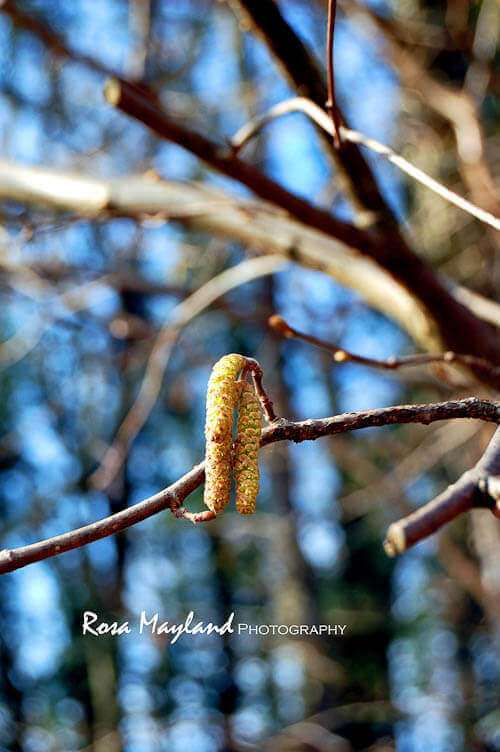
In life, there are some beings who enlighten your days, inspire you greatly and are refreshing. The same can be said about certain blogs or bloggers, and both Simone and her excellent site definitely belong to that category. Everytime I visit Junglefrog, you can be sure that I’ll be delighted by her magazine-like pictures, marvelous sense of humor and lovely recipes. It is indubitably far from being mundane or soulless!
This zesty Dutch lady is a skilled professional photographer whose work never to fails to wow me. I really appreciate her very European way of immortalizing dishes and I wish I could have half of her talent with my Nikon. Yet not only is she an ace behind the camera, but she is also a masterful cook and baker who wizzes up amazing cakes, colorful salads, comforting casseroles, delectable appetizers, balanced main courses, luscious desserts, etc…
I discovered Junglefrog through The Daring Bakers and have been following her online journal regularly since at least three years, thus I have been lucky to witness its evolution and see how the pretty caterpillar turned into a beautiful butterfly over the years. So, the day Simone asked me if I would be interested in writing a guest post for her, I felt overwhelmed with joy and excitement and immediately said “yes” without needing to meditate over her generous proposition. It is an honor for me to have been given that opportunity and I am truly thankful that she thought of me!
When you die, if you get a choice between going to regular heaven or pie heaven, choose pie heaven. It might be a trick, but if it’s not, mmmmmmmm, boy.
– Jack Handy
As Simone is currently trying to focuse on healthy eating and as I love speaking about British grub, I thought that it would be wonderful if I shared my take on “Cornish Pasties” with her readers and spoke a bit about its origins.
I got the idea and urge to bake my own pasties while watching Saturday Kitchen on BBC1. On this program animated by celebrity chef James Martin I heard Rick Stein relate a sad event that happened in 1999 (read what the BBC has written on that subject) when a eminent New York Times journalist shamelessly declared that “Cornish Pasties” were bland, like doorstops and “generally God awful”. He also blantantly stated that Cornwall “probably offers more bad food per square mile than anywhere else in the civilised world”. Furthermore, according to him, a hamburger can be disguised with relish, but a with this pie, “you’ve got this five pound football-shape thing sitting in your hand and there’s nothing you can do with it”…

Pasties are not just something we eat, it’s something we love. Pasties are everything to us.
– Ann Muller, owner of the award-winning Lizard Pasty Shop
Mr. Grimes‘ declaration stirred a lot of ill feelings in the peninsula and that is very understandable. Coming out of a magazine writer and restaurant critic’s mouth, such harsh words are quite disgraceful, irresponsible and intolerable, especially when they are not true, defamatory and are a direct attack to the Cornish folks as well as to their traditions.
I await for intelligent adults not to make stupid generalizations. In life, nothing is black and white; it’s all shades of grey. The judgements we carry out are strictly personal/subjective and depend on specific situations. For instance, in this gentleman’s case, I believe that he just simply didn’t taste the real stuff (made artisanally by someone who puts all is heart and soul into the fabrication of this product) and that this type of sustenance is not entirely to his liking or up to his American standards (in the US highly seasoned food is customary).
Having eaten my share of that speciality and being a fervent defender of British cuisine (read my articles here and here), I cannot disagree more with his stigmatizing review of Cornwall’s most cherished delicacy. Of course, I am not saying that all “Cornish Pasties” are delicious or even eatable, but in no case does that mean that the majority of them are inedible, disgusting and nasty. I agree that too many bad “tiddy oggins” are sold all around the UK, but there are some very good ones out there too (this rule applies to any chow no matter where it comes from – horrid and fabulous eats exist in every country) and an experienced as well as serious reporter has the responsability of searching for an artisan butcher, old woman/granny or master baker who will prove him wrong. Maybe he should have investigated on the terrain in a more in-depth manner and let go of his restricting preconceptions.
I dearly love a pasty, a ‘ot leaky one;
With mayt, turmit and taty, h’onyon and parsley in ‘un
The crus’ be made weth suet, shaped like ‘alf a moon;
Crinkly h’edges, freshly baked ‘e es alway gone too soon!
– Poem by Walter F. Gries of Marquette
The true Cornish way to eat a pasty is to hold it in the hand, and begin to bite it from the opposite end to the initial, so that should any of it
be uneaten it may be consumed later by its rightful owner. And woe betide anyone who take’s another person’s “corner”!
– Cornish Recipes Ancient and Modern 23rd edition with supplement by the Cornwall Federation of Women’s Institutes
At least, in response to all the angry criticism he received, Williams Grimes wrote an article in which he tried to explain the reason for his rather tactless statements. I am glad he had the decency and honesty to declared that he is “willing to give it another try” and that he still nourishes hope. After all, it seems that the man is not a lost cause…
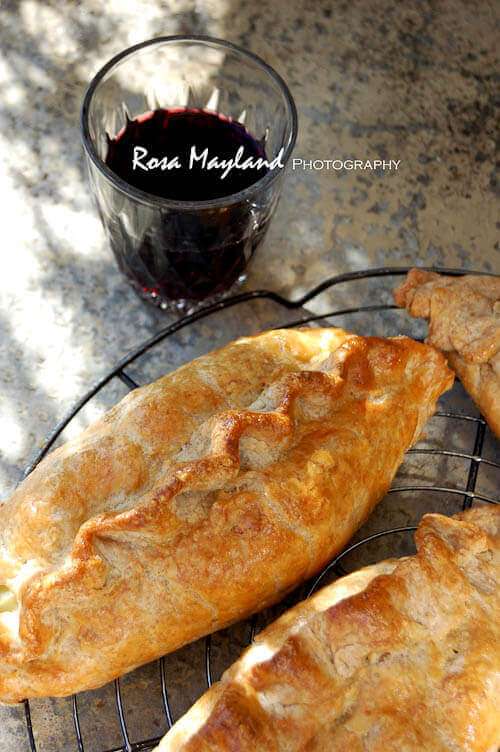
It must be pointed out that if assembled by a competent culinarian and if it encloses quality, fresh and seasonal ingredients, then that humble thick-crusted handpie hailing from South West England can only be excellent and incredibly toothsome. There is absolutely nothing wrong with them provided that they are baked by expert hands.
“Next Guivret opened a chest and took out two pasties.
My friend,’ said he, ‘Now try a little of these cold pastis …”
– Excerpt from “Erec and Enide” by Chrétien de Troyes
The earliest literary reference to “Cornish Pasties” appears in an Arthurian romance by a French poet called Chrétien de Troyes and dates back to the 12th century, but they became more established in the 16th and 17th centuries. In those times, these rolls were associated to the nobility. By the 18th century, it was a cheap collation which poor families could afford (beef was added later).
In more modern times, this hearty, easy to hold and portable lunchtime meal which is comparable to empanadas was prepared for school children, farm labourers and primarly for miners who did not have the possibility to sit down at a table and eat with a knife and fork. Thanks to its practical shape the pasty could be held without difficulty. No plate or cutlery were needed. Still, not all “oggies” were reasonably sized and certain of them were often too big to consume at one single one sitting, therefore, in order to avoid anyone eating the wrong leftover pie, housewives marked each of them with the initials of the intended recipient.
The pastry kept the contents warm and protected them from any possible contamination. Since the fingers of men who slaved down in the tunnels were dirty and covered in poisonous arsenic the crimpling could not be eaten, so it was a custom to leave the untouched and empty shell for the mischievous “knockers” or malevolent spirits who caused cave-ins or played tricks on the diggers. This offering was supposed to appease them.
Apparently, the original pasties were often packed with both sweet as well as savory fillings and were a complete meal in themselves. It was not rare to find meat at one end and sweet cooked apple or jam at the other. In hard times, the quantity of meat used was drastically reduced and they mostly contained vegetables and seasonings. Nowadays, the most popular variant of this treat consists of flank or chuck steak cut into small pieces, chopped onions, thinly sliced potatoes and shredded turnips. However, it is important to note that the Cornish will put almost anything into their pasty whether it be eggs, fish, veggies, meat, cheese or even fruits.
In the mid 1800s, the Cornish tin mining industry collapsed and as a consequence large numbers of miners, artisans and merchants were forced to seek work abroad. This led to the spreading of pasties overseas. Variations of this snack can be found throughout the UK and the world. It is then no surprise if it is particularly popular in parts of the United States, Canada, New Zealand, South Africa, Mexico (there it is celebrated, revered and eaten in great quantities), Argentina and Australia…
Alright, I guess that’s enough history for now. Let’s talk about my recipe!
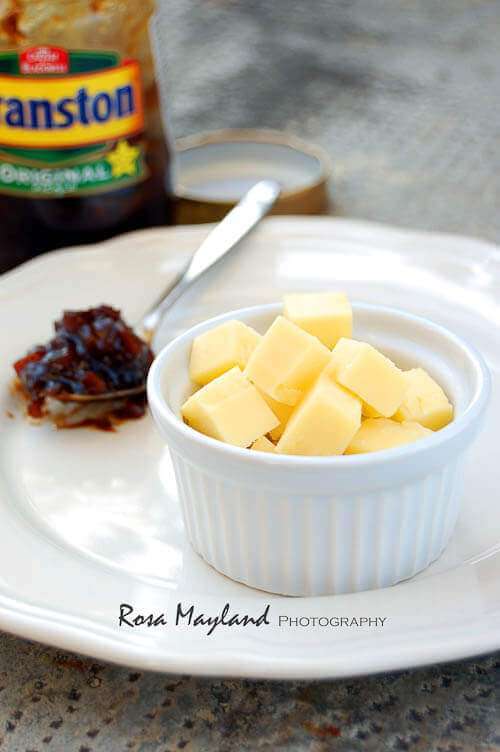
As I said before, the “Sauerkraut, Potato & Cheddar Pasties” I am presenting today are not of the classic kind. They are a pure product of my imagination and not a 100% British. In fact they represent my Swiss and English heritage and show my deep appreciation of fusion food.
I adore being adventurous in the kitchen and breaking borders, hence I experiment a lot with diverse products and more particularly with sauerkraut. You see, I am not a fan of conventions and rarely stick to the obvious or follow established standards (for ex. by utilising sauerkraut in “Choucroute Garnie” only). The rebel that I am enjoys baking with it, serving it raw, incorporating it to omelets, pairing it with pasta, tossing it into stir-fries, etc…
This unique ingredient is extremely versatile and gives an interesting twist to any fare. When combined with mature cheddar full of character, the earthiness of potatoes, the tanginess of onions and the pungent aroma of thyme, this consitutes the perfect stuffing for my flaky and divinely lardy pastry cases.
Nonetheless, it might occur to you that those “Sauerkraut, Potato & Cheddar Pasties” sound simple and boring as they aren’t ladden with condiments. Well, let me tell you that this is deliberate. I didn’t want to cover the savor of my vegetables and cheese with overpowering spices or herbs. My aim was to let their natural flavor take over and express themselves. This resulted in something exceptional. As you can imagine, my pastry pockets were a blazing success and disappeared as fast as they arrived on the plate and were accompanied by “ahhs” and “mhhs”. A complete success!
Hopefully, you’ll find them as pleasurable as we did…
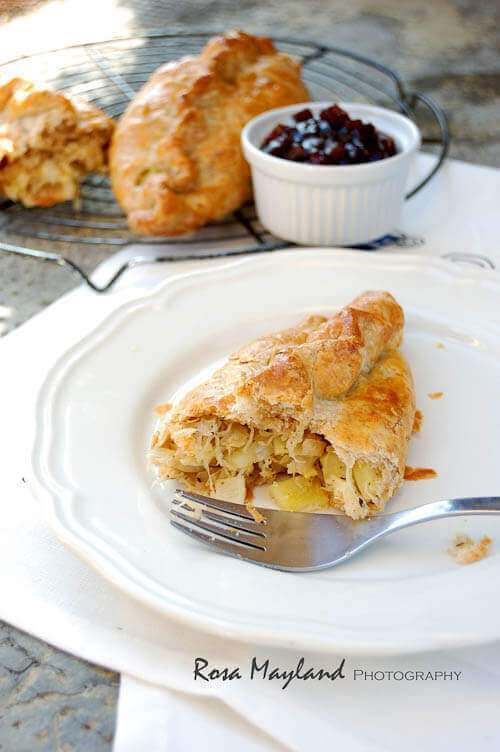
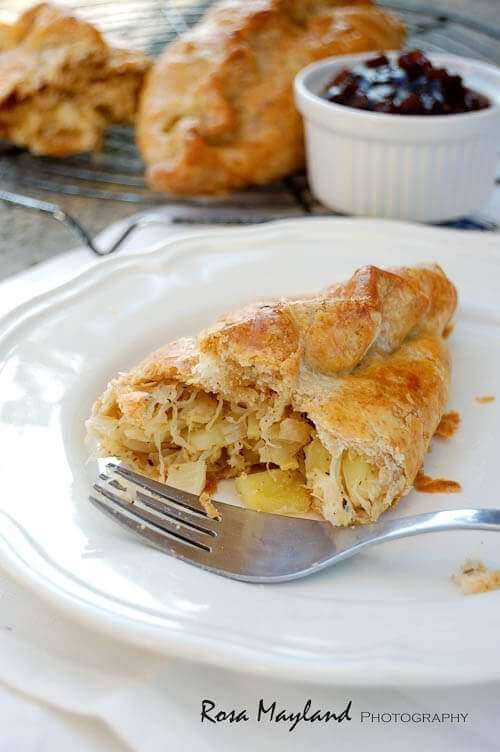
Cornish Pasties : Guestpost by Rosa May
Ingredients
Shortcrust pastry
- 200 g all purpose flour
- 100 g whole wheat flour
- 1¼ teaspoon fine sea salt
- 80 g unsalted butter
- 70 g lard
Vulling
- 200 g drained raw sauerkraut chopped coarsely
- 100 g mature cheddar cheese cut into small cubes
- 1 medium potato peeled and cut into thin pieces
- 1 onion finely chopped
- ¾ teaspoons dried thyme
- 1 pinch nutmet
- Freshly ground black pepper to taste
- Sea Salt to taste
Glaze
- 1 egg whisked
Shortcrust Pastry
- Sift the flour and salt into a bowl/bassin.
- Add butter, lard and rub between the fingers until the mixture is flaky.
- Pour in water, gradually, while continuously cutting and stirring with a knife. Stop adding water when the dough binds together (it should not be sticky or wet). Gather up into a soft ball and place it in the fridge while you prepare the filling.
Filling
- In a medium bowl, mix together all the ingredients for the filling. Set aside.
- Heat the oven to 200° C (400° F).
- Divide the dough into 5 equal pieces.
- On a floured surface, roll out one of the pieces into a circle of about 18-19cm.
- Firmly pack a fifth of the filling along the centre of each round, leaving a small gap at the edges.
- Brush the pastry all the way round the edge with beaten egg.
- Carefully draw up both sides so that they meet at the top, then pinch them together to seal and crimp the edges (see remarks).
- Place on a baking tray covered with baking paper and brush each of the pasties with the remaining egg to glaze
- Bake in the middle of the oven for abozt 35-40 minutes or until crisp and golden.
- Serve warm.
- Note
Notes
The pasties should always be firm, full and never wet or too juicy (the pastry would not be dry and crispy).
If you have a problem with the shaping of your pasties, video 1 and video 2 might come in handy.
Serving suggestions:
Serve for lunch or supper and accompany with a seasonal salad and a beer.
Pasties are also perfect for taking on a picnic or bringing to a potluck
Disclaimer
The nutritional values above are calculated per portion. The details are based on standard nutritional tables and do not constitute a professional nutritional advice.
